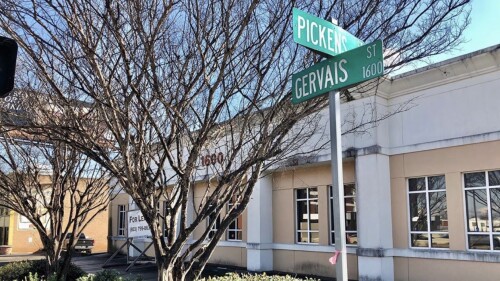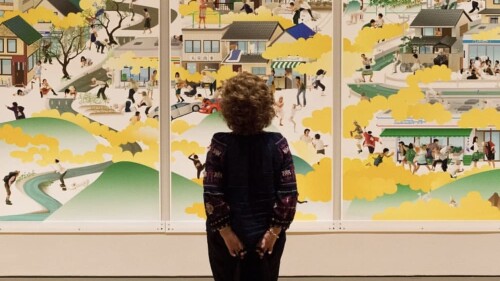Hey Cola, Jess here. I know times are tough right now - we have been staying home for over a month and it seems like things are changing on the daily, while also staying the same. Take comfort in knowing that this too shall pass, and that South Carolina, as a whole, is having a major deja vu moment. This morning I want to take you on a blast to the past, way back to 1918. #DYK that this is not the first time South Carolina has been hit with a widespread virus?
We know that we can learn a lot from history and it seems that history is certainly repeating itself now with the current pandemic we are facing. The positive side of this is that South Carolina is making great strides to help flatten the curve of COVID-19 + we can start to see the end of the tunnel. Our community is resilient and will bounce back from this situation just like we did over one hundred years ago. So in the meantime, sit back and let’s take a look back to see just how similar lives were during the 1918 flu.
Picture this, when the Spanish Flu pandemic reached South Carolina in 1918, it spread rapidly, especially in the urban areas where people were in much closer quarters. According to the S.C. State Board of Health Annual Report of 1918, there were 8,191 confirmed cases in Richland County, alone.
The first protective measure that was taken required patients, along with the doctors + nurses who treated them, to quarantine for a minimum of five days before returning to work, school, etc. Starting to sound familiar? However, as the numbers increased, a mandatory shutdown was put in place that closed all churches, schools + theaters. Local authorities also discouraged public gatherings + suggested that local businesses (like cotton mills, banks + general stores) closed their doors.
People were also encouraged to wear masks when out in public to prevent the spread of the illness through coughing or sneezing. These closures, combined with the number of employees who were sick + unable to work, caused a major blow to the S.C. economy, we know this struggle - I’m looking at you small business owners.
At the same time, the medical industry was booming and saw the introduction of women in the male-based field, since the men were at war. Columbia had ~ 150 hospital beds in 1918, leading to the conversion of three buildings at the University of South Carolina into emergency hospitals to receive influenza patients. Similar to the current situation in 2020 – the medical personnel and first responders were the real MVPs in 1918 too.
Despite the fact that there were no real forms of medicine to treat the flu, the pandemic slowed down in South Carolina in mid-1919 and life continued. We know it will take some time to get things back to normal here in the Soda City, but when we look to the past and see how South Carolinians overcame the same struggles, we know our future will be on the bright side of history.












